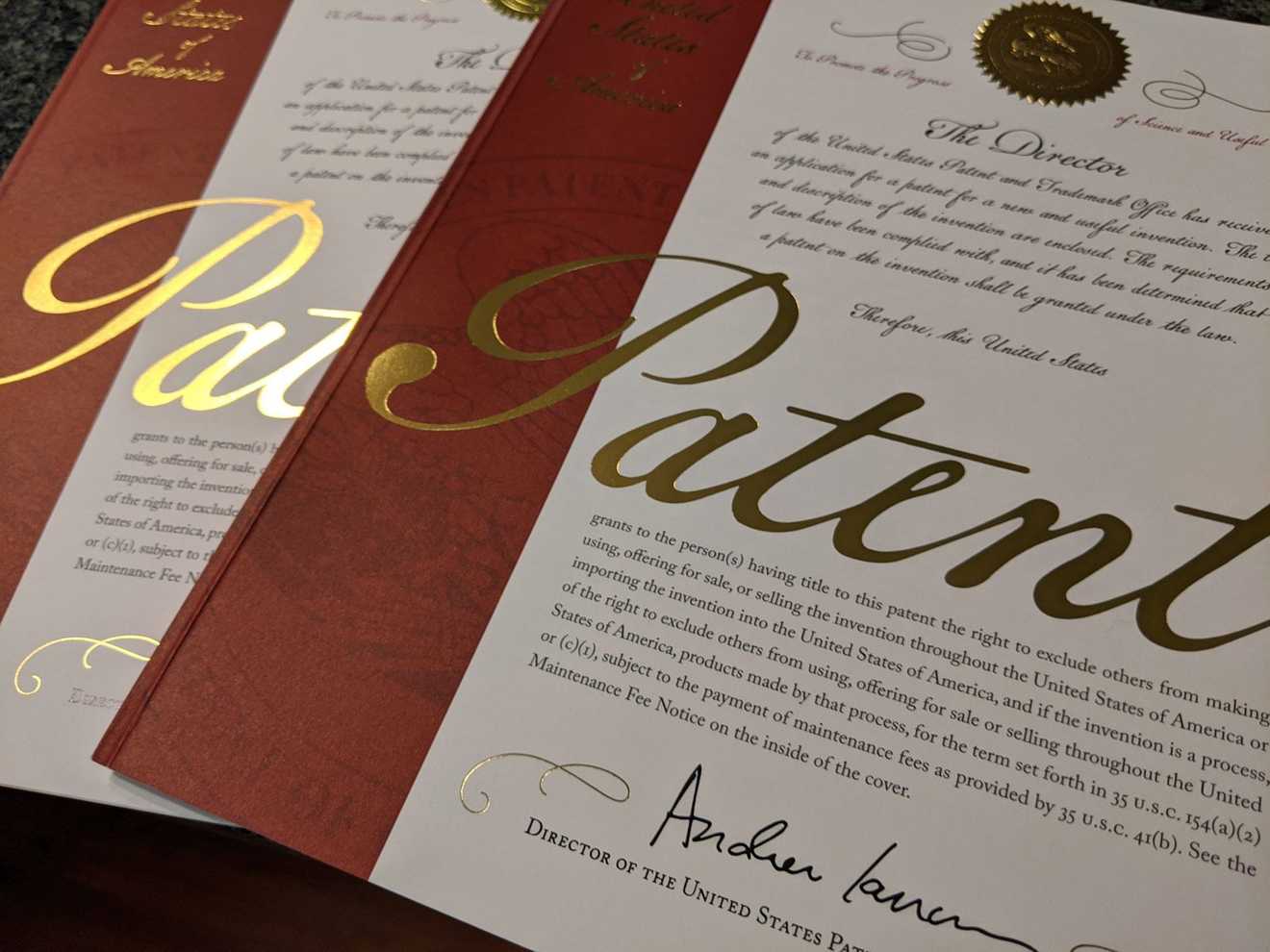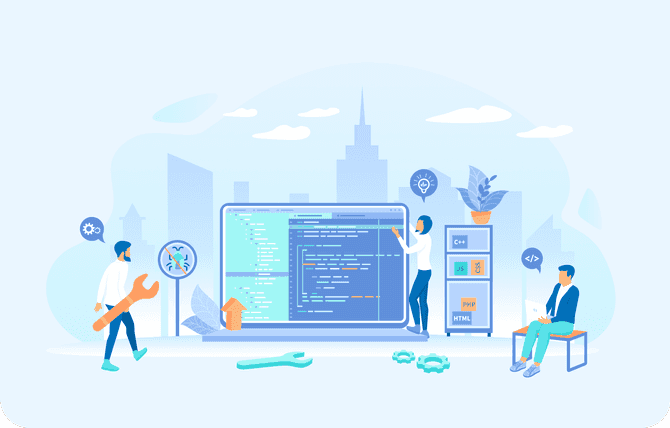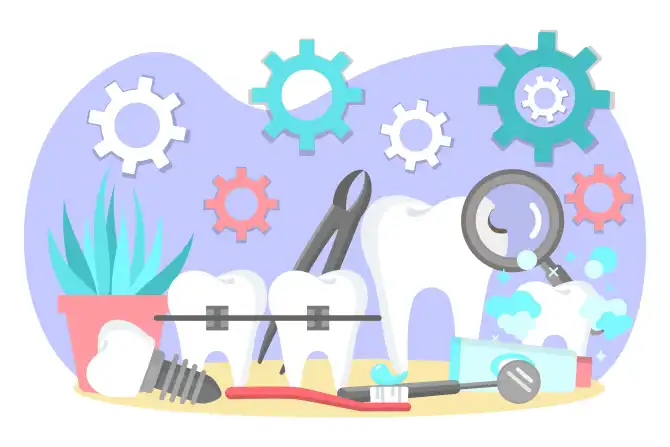
A Patent-Packed Digital Dental Treatment Planning Software: Roman Tokarev on SoftSmile’s Unique Patent Strategy
by SoftSmile Team in Mar 31 2024
SoftSmile’s digital dental treatment planning software VISION was built to be the top choice for doctors transforming how they create perfect smiles for their patients. The company’s cutting-edge business strategy for filing and obtaining U.S. patent office protection for its unique and constantly evolving technology has surged its success and expansion. The company’s patent portfolio is now second only to Align Technology.
We spoke with SoftSmile’s patent attorney Roman Tokarev about how this approach is helping the company to become a hub of innovation in the orthodontic industry in both AI-related patents and medical technology. According to Tokarev, when the SoftSmile team began developing the technology behind VISION, they wanted to ensure it was a completely unique solution from others on the market. This strategic decision to rely on patents has helped the company to stand out and has given VISION more credibility and prestige.
Could you please provide an overview of the current SoftSmile patent portfolio and then any key areas that you're focusing on?
SoftSmile’s patent strategy is focused on trying to be on the cutting edge of specific features related to machine learning. This is the key focus for us in the whole patent portfolio. Generally speaking, we are becoming one of the top three or four companies with the biggest orthodontic AI-related patent portfolios and will soon be one of the leading MedTech companies in the U.S. market. We've been seeking patent protection for specific features of the software like training the machine learning algorithms for all the different stages of the treatment planning process.
What is the driving force behind the IP strategy? How does that align with the overall business goals and vision of SoftSmile?
We are constantly looking for ways to improve our treatment planning software VISION to work intelligently and looking for ways to make the software easier to use and to work faster.
The whole mindset beyond that is that we're looking for something that is going to make the whole technology as simple and as smart as possible so at the end of the day, the patient receives a high-quality and affordable smile. One of the biggest driving forces is making the final product simple to use for doctors and patients.
Can you explain how focusing on patents for small tech updates helps to protect your IP?
Let's think of our initial IP as a tree that we're growing. At the very beginning, we've been growing the trunk and now we're getting more branches and leaves. The more patents we add the better the whole idea operates.
Each new patent adds more details to one of the basic ideas. So, if you take a specific patent out of the whole equation, it may look quite small. However, focusing on patents for small updates helps to secure specific concepts that work better when you look at the overall software.
Can you discuss the process of identifying and prioritizing things that you'll patent next?
The whole process for us works the following way: We usually gather several ideas that we have, which may be in different stages. For some of them, we may have specific embodiments, or specific ways of how they operate, for example, we may already like some software code made for that.
For a few other ideas, we may have more of a raw concept, so when our specialists have developed a new concept, but we don't know the technical details for how it's going to work in the code, like in the algorithm. For both of those types, we usually run patent searches.
We also look at what other companies are doing in this field. We try to define the closest piece of the so-called prior art, like the closest reference in the market and we try to define how different and how major or minor again, our concept is versus the specific competitor patterns that we've found based on that analysis.
Then we try to define and rank the concepts. For instance, which of them is stronger or weaker? Both from a business side analysis and a patent side analysis.
Can you describe the process for getting a U.S. patent?
When everything works well, we draft and submit a patent application. Then we file it with the U.S. patent office. And if everything looks good on their end they run a patent search.
They also look for similar patents. And if the examiner in the patent office believes that they have found something similar, they can issue a specific response saying, “Hey guys, we found something relevant here. We were not giving you the patent the way you drafted it. So please amend because you're seeking patent protection for something super broad, so revise and narrow it down.”
But what happens frequently for us, and this is kind of surprising to me as a patent specialist, is that our patents are well prepared and we've been having patents granted in several months, instead of two and a half years.
How do patents contribute to SoftSmile’s competitive edge in the orthodontic market?
I would say that we're trying to focus on patents, being a competitive edge for us, both with the technology and, in the way we communicate with specialists and doctors. The patents help doctors feel that the software is a more effective and efficient tool. Further, I think the more patents we have the more market prestige SoftSmile receives.
Any thoughts on how you plan to progress the IP strategy?
The short answer is that we will look to license our patents. We will probably look to cross-license our patented technology to our competitors or some third parties and that's a good practice for improving the overall market itself.
Try out SoftSmile’s Digital Dental Treatment Planning Software: VISION.



